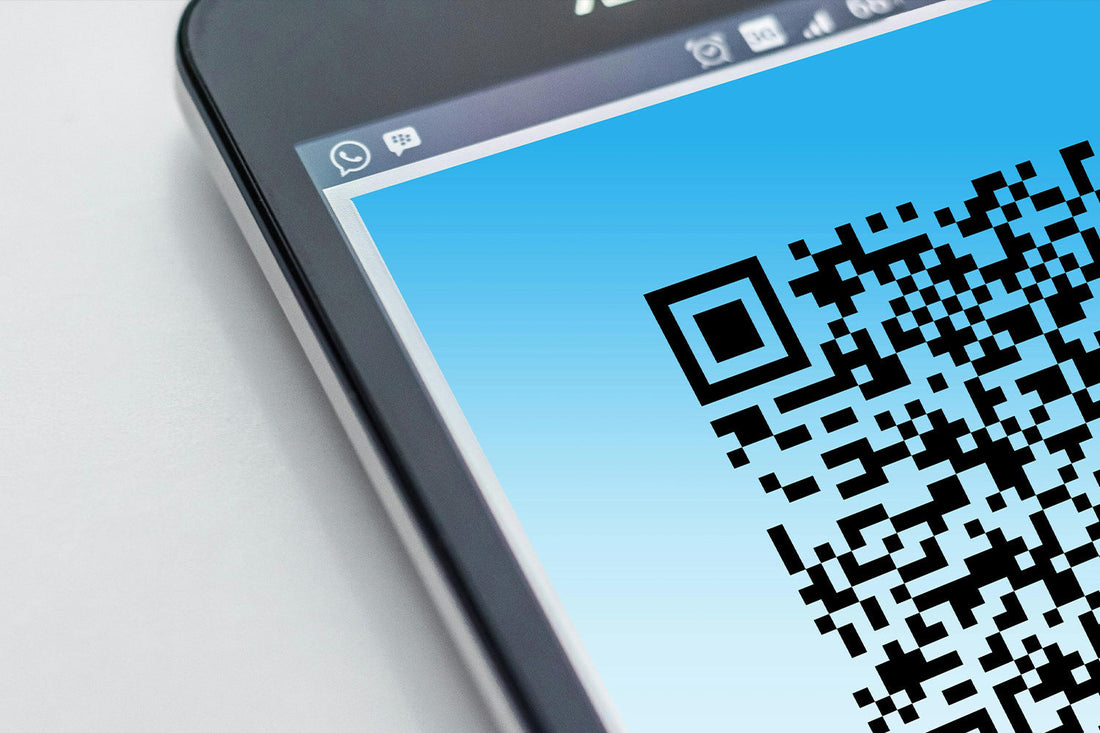
The History of the QR Code
Share
The QR (Quick Response) code was first invented in 1994 by Masahiro Hara and his team at the Japanese company Denso Wave, a subsidiary of Toyota. Originally developed for the automotive industry, the QR code was designed to improve the efficiency of tracking components and inventory during manufacturing processes. Unlike traditional barcodes, which could store only a limited amount of information, QR codes offered a significant advancement by enabling fast scanning and holding more data, including alphanumeric characters, URLs, and more. The design incorporated a two-dimensional matrix with a unique pattern of black-and-white squares, allowing information to be encoded both horizontally and vertically.

The adoption of QR codes gradually spread beyond the automotive industry as their versatility became evident. By the early 2000s, smartphones with built-in cameras began to unlock the potential of QR codes as a convenient tool for sharing information. Businesses quickly recognized their utility for linking customers to websites, promotions, and product information. The ability to scan a QR code without specialized equipment made them accessible to a wider audience. During this period, countries like Japan and South Korea led the charge in integrating QR codes into everyday life, including advertising, ticketing, and payment systems.
In the 2010s, QR codes gained global prominence, especially as mobile technology advanced. The COVID-19 pandemic further accelerated their adoption as contactless solutions became a priority. QR codes were used extensively for health tracking, digital menus, and payment systems, solidifying their role in modern digital interactions. Their adaptability and ease of use have made them a ubiquitous tool in various industries, from marketing and retail to healthcare and logistics. Today, QR codes continue to evolve, with advancements in design and functionality ensuring their relevance in an increasingly connected world.
